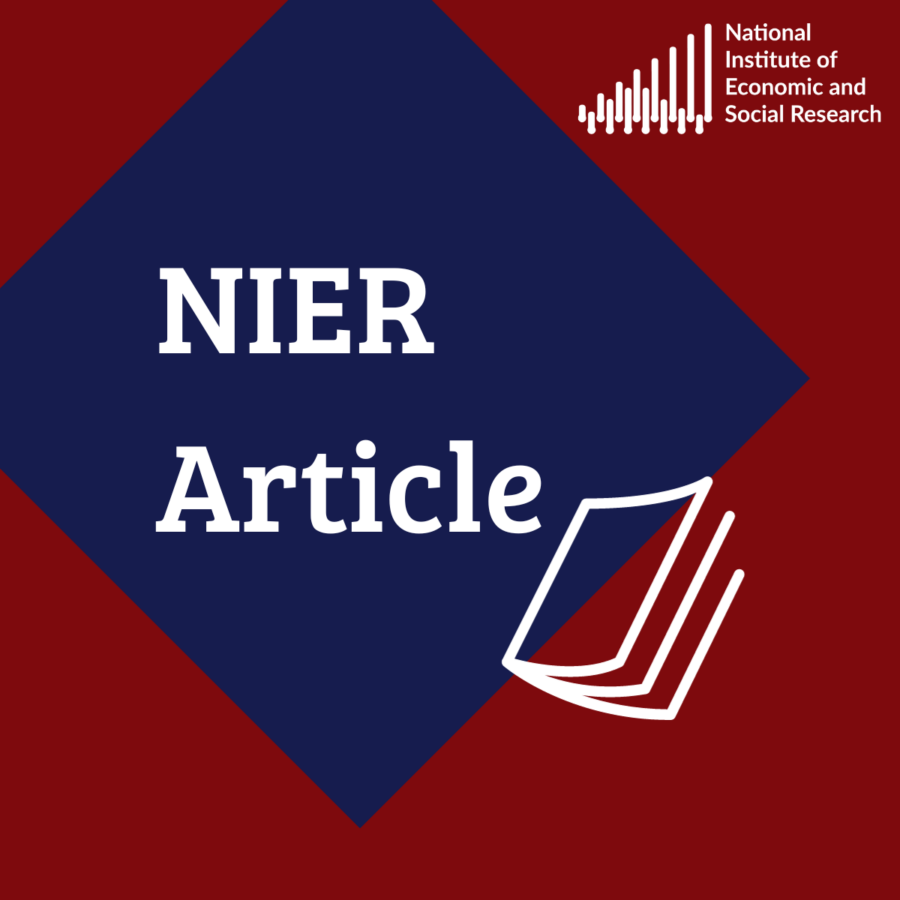Monetary policy and global imbalances
 Pub. Date
Pub. Date
 Pub. Type
Pub. Type

The US current account imbalance is unlikely to be improved by monetary expansion in the Euro Area, the UK and Japan. It would at best give respite to the US for two years, as the increase in demand from abroad would cause a current account improvement in the US ahead of the impacts of the appreciation of the dollar these monetary expansions abroad would induce. This conclusion is independent of the style of forward looking macro model used, be it a New Keynesian model or a full dynamic general equilibrium model. A model that breaks arbitrage conditions and has no rational expectations can be used to analyse a devaluation of the dollar, and under these assumptions the US current account improves for longer, but even there the improvement is ultimately transitory.
The US current account deficit of 6 per cent of GDP may be sustainable, and the rest of the world may be willing to accumulate US assets. If this is the case, then the stock of US net assets will eventually settle at around minus 100 per cent of GDP (see Barrell and Holland, 2006, for some figures). However, there is a risk that it is not sustainable and one of two things might happen. Before the rest of the world begins to worry about the risks involved in holding so many US assets, domestic absorption might adjust, with either higher net private or public savings (or both) reducing the deficit and hence the potential risks involved with a high stock of debt. If this does not happen, then it is probable that a market solution will be found and a risk premium could slowly emerge on US assets. This would involve higher real interest rates in the US and lower real rates elsewhere, reducing net abruption, and a lower real exchange rate inducing expenditure switching. Whichever might happen, we should expect growth in the US to slow.



















